Home>diy>Building & Construction>What Is AIA Billing In Construction
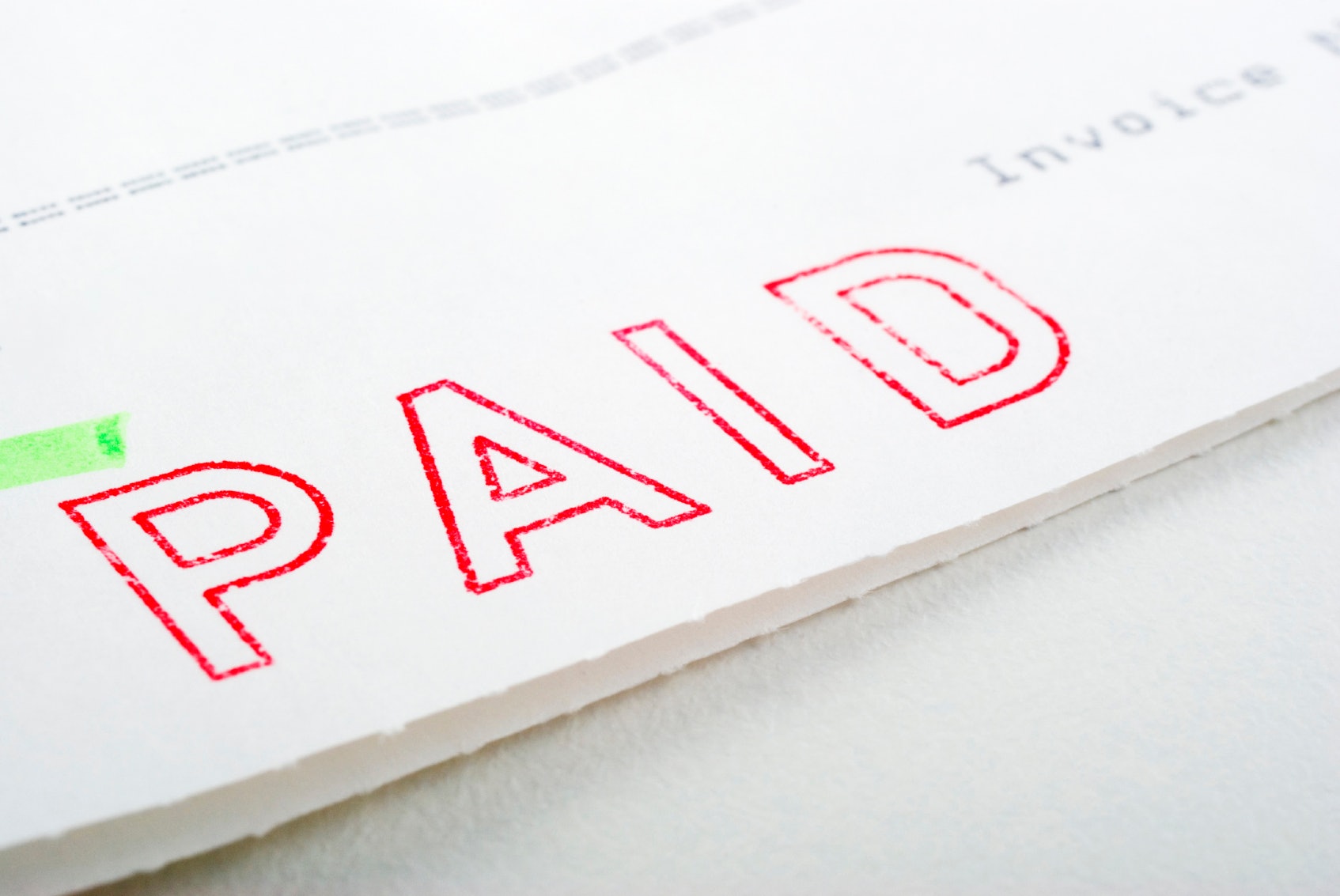

Building & Construction
What Is AIA Billing In Construction
Modified: December 7, 2023
Learn about AIA billing in construction and its importance in the building construction industry. Understand how this systematic invoicing method helps streamline payment processes and manage project finances.
(Many of the links in this article redirect to a specific reviewed product. Your purchase of these products through affiliate links helps to generate commission for Storables.com, at no extra cost. Learn more)
Introduction
When it comes to the construction industry, efficient billing and payment processes are essential to ensure smooth operations and on-time completion of projects. One popular method used in the construction industry for billing purposes is the American Institute of Architects (AIA) billing system. AIA billing provides a standardized approach to billing and invoicing, helping parties involved in construction projects streamline their financial management.
In this article, we will delve into the world of AIA billing, exploring its purpose, process, and the benefits it offers to various stakeholders in the construction industry. Whether you are a contractor, subcontractor, owner, or architect, understanding AIA billing can greatly enhance your financial management skills and contribute to the success of your construction projects.
AIA billing is a comprehensive methodology that offers a structured and transparent approach to billing for construction services. It is governed by the American Institute of Architects, a professional organization that provides numerous resources and guidelines for the architecture and construction industry. The AIA billing system encompasses various procedures and forms that have been designed to standardize billing practices and ensure clear communication throughout the construction process.
Next, we will take a closer look at the AIA billing process, breaking it down into its key components. Understanding the different stages and forms involved in AIA billing is crucial for all parties involved in construction projects to accurately track expenses, manage cash flow, and avoid payment disputes.
Key Takeaways:
- AIA billing provides a standardized and transparent approach to financial management in construction projects, promoting accuracy in invoicing, efficient payment processes, and enhanced financial management skills for all stakeholders involved.
- While AIA billing offers numerous benefits, it also faces criticisms such as complexity, potential for delayed payments, and limited flexibility. Stakeholders should carefully assess their specific needs to determine its suitability for their construction projects.
Read more: What Is An AIA In Construction
Understanding AIA Billing
AIA billing is a standardized method used in the construction industry for billing and invoicing purposes. It is designed to provide clarity and consistency in financial transactions between various parties involved in a construction project, such as the contractor, subcontractors, and owner.
The purpose of AIA billing is to create a fair and transparent system for tracking and managing payments throughout the construction process. By following the AIA billing standards, all parties can have a clear understanding of the work performed, its associated costs, and the payment schedule.
The AIA billing process involves a series of steps and documents that need to be completed and submitted on a regular basis. By understanding this process, construction professionals can ensure accurate and timely billing, reducing the likelihood of payment delays or disputes.
One fundamental aspect of AIA billing is the creation of a detailed billing document known as the AIA G702. This document includes information such as the project name, contractor and owner details, a description of the work performed, and the associated costs. It also includes a schedule of values, which breaks down the total contract amount into predefined categories, allowing for better cost tracking.
In addition to the AIA G702, another important document in the AIA billing process is the AIA G703, also known as the Continuation Sheet. This document provides a breakdown of the amounts due and retained for each billing period, allowing for easy comparison and tracking of payments.
AIA billing is typically done on a monthly basis, with the contractor submitting a progress billing to the owner for work completed during that period. The owner reviews the billing and makes the necessary payment to the contractor based on the agreed-upon terms and conditions.
It’s worth noting that AIA billing is not just limited to the contractor and owner. Subcontractors and suppliers also play a role in the process. They are required to submit their own AIA billing documents, known as the G703-1992 or the G702-1992, to the contractor, who then incorporates these into the overall billing to the owner.
By following the AIA billing process, construction professionals can ensure transparency, accuracy, and fairness in financial transactions throughout the construction project. It promotes better communication and collaboration between all parties involved, ultimately leading to a more successful and efficient construction process.
AIA Billing Process
The AIA billing process consists of several steps that need to be followed to ensure accurate invoicing and payment in construction projects. While the specific details may vary from project to project, the general AIA billing process can be summarized as follows:
1. Preparing the AIA G702 and G703 Forms
The first step in the AIA billing process is the preparation of the AIA G702 and G703 forms. These forms serve as the main billing documents and provide a breakdown of the work completed and associated costs. The contractor fills out the AIA G702 form, which includes project details, a schedule of values, and a summary of work completed for the billing period. The AIA G703 form is completed by subcontractors and suppliers to provide a detailed breakdown of the amounts due and retained for each billing period.
2. Submitting the AIA Billing Documents
Once the AIA G702 and G703 forms are completed, they need to be submitted to the appropriate parties. The contractor submits the billing documents to the owner for review and payment. Subcontractors also submit their AIA billing documents to the contractor. These forms serve as a basis for requesting payment for the work completed.
Read more: What Utility Bill Covers Air Conditioning?
3. Reviewing the AIA Billing Documents
Upon receiving the AIA billing documents, the owner reviews the AIA G702 form to ensure that the work performed aligns with the projected schedule of values. They compare the billing with the progress made on the project to determine the accuracy of the invoice. If any discrepancies are identified, they are communicated to the contractor for resolution.
4. Authorizing Payment
Once the owner has reviewed the AIA billing documents and is satisfied with the accuracy of the invoice, they authorize payment to the contractor. The payment is typically made within the agreed-upon timeframe and in accordance with the terms and conditions specified in the contract.
5. Receiving Payment and Updating Records
Upon receiving payment from the owner, the contractor updates their records to reflect the completed payment. They then proceed to distribute payments to subcontractors and suppliers based on the agreed-upon payment terms.
6. Repeat the Process
The AIA billing process is typically repeated on a monthly basis until the construction project is complete. Each billing period serves as an opportunity for all parties to track progress, review costs, and ensure timely payment for completed work. It is essential to maintain accurate and up-to-date records throughout the entire process to ensure transparency and mitigate potential payment disputes.
By adhering to the AIA billing process, stakeholders in construction projects can effectively manage their finances, promote transparency, and facilitate smooth communication between all parties involved. It provides a structured framework for invoicing and payment, reducing the risk of misunderstandings and improving the overall efficiency of the construction project.
Read more: How To Save On Air Conditioning Bill
Components of AIA Billing
AIA billing consists of several key components that are essential for accurately tracking and managing payments in construction projects. These components provide structure and transparency throughout the billing process, enabling effective communication and financial management between all parties involved. Let’s explore the main components of AIA billing:
1. AIA G702: Application and Certificate for Payment
The AIA G702 form is a critical component of AIA billing and serves as the primary billing document. It provides a detailed breakdown of the work completed, the associated costs, and the schedule of values. The contractor fills out the AIA G702 form, including project details, the amount requested for payment, and various other key information. This form serves as an application for payment and a certificate of payment, acknowledging the contractor’s request for payment and certifying the accuracy of the billing information.
2. AIA G703: Continuation Sheet
The AIA G703 form, also known as the Continuation Sheet, is used to provide a detailed breakdown of the amounts due and retained for each billing period. It complements the AIA G702 form by offering further clarification and transparency regarding the payment process. Subcontractors and suppliers typically complete the AIA G703 form to outline their respective billing details, which are then integrated into the overall billing submitted by the contractor.
3. Schedule of Values
The schedule of values is a significant component of AIA billing that breaks down the total contract amount into predefined categories or line items. This structured breakdown allows for better cost tracking and management throughout the project. The schedule of values serves as a reference point for both the contractor and the owner to track progress and ensure accurate invoicing based on completed work within each category.
4. Change Orders
Change orders are an integral part of AIA billing when modifications or additions to the original contract scope are made during the construction process. Change orders detail the agreed-upon changes and any associated costs. They require both the contractor and the owner to review, approve, and update the billing documents accordingly. Properly documenting and including change orders in the AIA billing process helps maintain transparency and prevents payment disputes.
5. Retainage
Retainage refers to the portion of the payment that is withheld by the owner to ensure that all work is completed satisfactorily. It is a standard practice in the construction industry to retain a certain percentage of the contract value until the project is successfully finished. The AIA billing process incorporates retainage to safeguard the owner’s interests and incentivize the contractor to fulfill all contractual obligations.
6. Payments and Releases
As part of the AIA billing process, payments are made by the owner to the contractor based on the approved billing. Once the contractor receives payment, they are responsible for distributing payments to subcontractors and suppliers. It is important to maintain accurate records of payments and releases to ensure transparency and facilitate smooth financial operations throughout the construction project.
By understanding and utilizing these critical components, stakeholders can effectively navigate the AIA billing process, ensuring accurate billing, timely payments, and efficient financial management in construction projects.
Benefits of AIA Billing
AIA billing offers several benefits to various stakeholders involved in the construction industry. By following the standardized AIA billing process and utilizing the associated documents and components, construction professionals can streamline their financial management and ensure a smooth payment process. Let’s explore the key benefits of AIA billing:
Read more: How To Organize My Bills
1. Standardization and Clarity
AIA billing provides a standardized approach to billing and invoicing in construction projects. The use of uniform documents, such as the AIA G702 and G703 forms, ensures that all parties involved understand the billing process, resulting in clear and transparent communication. The standardized format promotes clarity in payment transactions and reduces the potential for misunderstandings or conflicts.
2. Accuracy in Invoicing
The AIA billing process enables contractors to accurately track and quantify the work completed for each billing period. Through the detailed breakdown of costs in the AIA G702 form and the AIA G703 Continuation Sheet, stakeholders can ensure that the invoice accurately reflects the completed work. This accuracy helps prevent overpayment or underpayment, leading to better financial management.
3. Efficient Payment Process
AIA billing facilitates an efficient payment process by providing a structured framework for requesting and receiving payments. With the use of the AIA G702 form, owners can easily review and validate the work completed before authorizing payment. This reduces the risk of payment delays or disputes, enabling timely compensation for contractors, subcontractors, and suppliers.
4. Enhanced Financial Management
By following the AIA billing process, construction professionals can more effectively manage their finances. The AIA G702 form and AIA G703 Continuation Sheet provide a clear breakdown of costs, allowing for better cost tracking and budgeting. This enhanced financial management enables accurate expense tracking, cash flow management, and improved overall project profitability.
Read more: What Is Pre-Construction In Construction
5. Payment Transparency and Accountability
AIA billing promotes transparency and accountability in financial transactions between all parties involved in the construction project. The documentation and record-keeping requirements of AIA billing ensure that all payments are accurately documented and accounted for. This transparency fosters trust and confidence among stakeholders, reducing the risk of payment disputes or misunderstandings.
6. Mitigation of Payment Delays and Disputes
By adhering to the AIA billing process, construction professionals can minimize payment delays and disputes. The structured approach ensures that all billing requirements are met, reducing the likelihood of payment issues. In case of any disputes, the detailed documentation provided by AIA billing serves as evidence and facilitates prompt resolution.
Overall, AIA billing offers numerous benefits to contractors, subcontractors, owners, and other stakeholders involved in the construction industry. By implementing the standardized AIA billing process, construction professionals can improve financial management, enhance payment efficiency, and foster transparency and trust throughout the construction project.
Criticisms of AIA Billing
While AIA billing offers several benefits to the construction industry, it is not without its criticisms. Some critics argue that the AIA billing system may have limitations or drawbacks that can impact the payment process and create challenges for certain stakeholders. Let’s explore some of the common criticisms of AIA billing:
1. Complexity and Overhead
One criticism of AIA billing is that it can be complex and burdensome, especially for smaller contractors or subcontractors who may not have the resources or expertise to navigate the process effectively. The documentation and paperwork involved in AIA billing can be time-consuming and require a significant administrative overhead, which may deter some contractors from utilizing the AIA billing system.
Read more: What Is Construction
2. Lack of Flexibility
AIA billing follows a standardized approach, which means that it may not always accommodate unique project requirements or payment arrangements. Critics argue that the rigid structure of AIA billing limits flexibility, making it challenging to adapt to specific project needs or alternative payment schedules. This lack of adaptability may create difficulties for contractors and owners who require more flexibility in their billing and payment processes.
3. Additional Costs
Some construction professionals argue that AIA billing can result in additional costs associated with compliance and administrative tasks. Contractors may need to invest in training and resources to understand and implement the AIA billing process correctly. Additionally, the time and effort required to complete the AIA billing documentation can add to the overall project costs, which may be seen as a disadvantage by some stakeholders.
4. Potential for Delayed Payments
Despite its aim to streamline payments, AIA billing may still be subject to delays. The review and approval process for AIA billing documents may take longer than anticipated, leading to delays in receiving payment. The potential for payment delays can impact cash flow and create financial challenges for contractors and subcontractors who rely on timely payments to cover their expenses and obligations.
5. Dependence on the Owner’s Review
Another criticism is that AIA billing relies heavily on the owner’s review and approval of the billing documents. If the owner delays or disputes the billing, it can result in prolonged payment timelines or payment disputes. This dependence on the owner’s review process can potentially create uncertainties and challenges for contractors who rely on timely payments to meet their financial obligations.
6. Limited Use in Small Projects
AIA billing may be better suited for larger-scale construction projects, with more significant budgets and established contracting relationships. Some argue that the complexity and requirements of AIA billing may not be practical or necessary for smaller projects, where a simpler payment process may be sufficient.
While AIA billing has its criticisms, it is important to recognize that it has been widely adopted and utilized in the construction industry. Many stakeholders find value in its standardized approach, transparency, and benefits in managing financial transactions. However, it is essential for each individual or organization to assess their specific needs and circumstances to determine if AIA billing is the most suitable approach for their construction projects.
Conclusion
AIA billing is a standardized method used in the construction industry for billing and invoicing purposes. It provides a structured approach to financial management, promoting transparency, accuracy, and accountability among all parties involved in construction projects. By following the AIA billing process and utilizing the associated documents and components, construction professionals can streamline their billing and payment processes.
Throughout this article, we explored the various aspects of AIA billing, including its purpose, process, and benefits. AIA billing offers several advantages, such as standardization and clarity, accurate invoicing, an efficient payment process, enhanced financial management, payment transparency, and mitigation of payment delays and disputes.
However, it is important to acknowledge that AIA billing is not without criticisms. Some concerns include the complexity and overhead associated with the process, the lack of flexibility in accommodating diverse project needs, potential additional costs, the potential for payment delays, reliance on the owner’s review, and limited use in smaller projects. These criticisms highlight the need for stakeholders to carefully evaluate their specific circumstances and determine if AIA billing is the most suitable approach for their construction projects.
Overall, AIA billing has become a widely adopted and recognized method in the construction industry due to its many benefits and the standardized framework it provides. It offers a structured approach to invoicing and payment, helping to ensure accurate financial management and facilitate smooth operations. By understanding and utilizing the AIA billing process, construction professionals can enhance their financial management skills and contribute to the success of their construction projects.
In conclusion, AIA billing serves as a valuable tool for construction professionals, enabling them to streamline their financial management, promote transparency, and foster strong relationships among all stakeholders involved in construction projects.
Frequently Asked Questions about What Is AIA Billing In Construction
Was this page helpful?
At Storables.com, we guarantee accurate and reliable information. Our content, validated by Expert Board Contributors, is crafted following stringent Editorial Policies. We're committed to providing you with well-researched, expert-backed insights for all your informational needs.

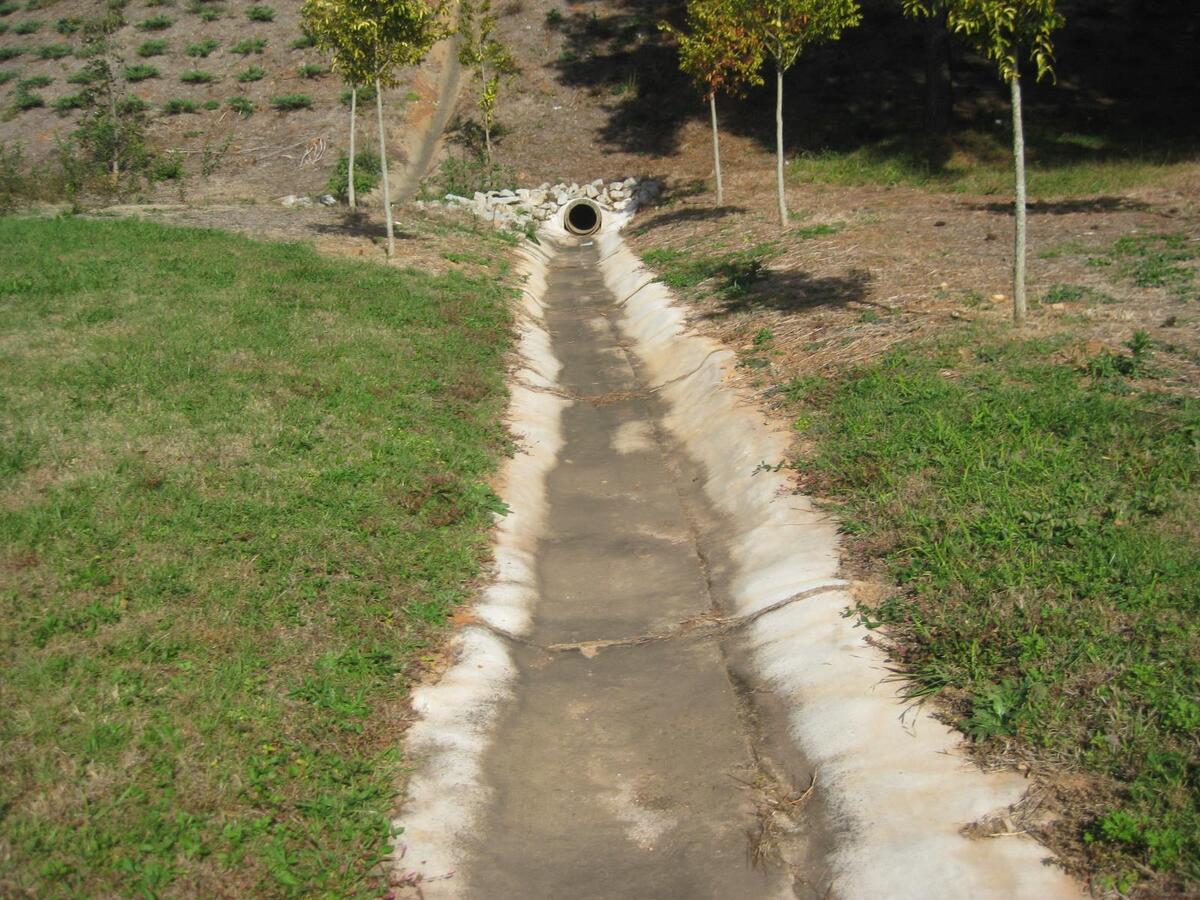
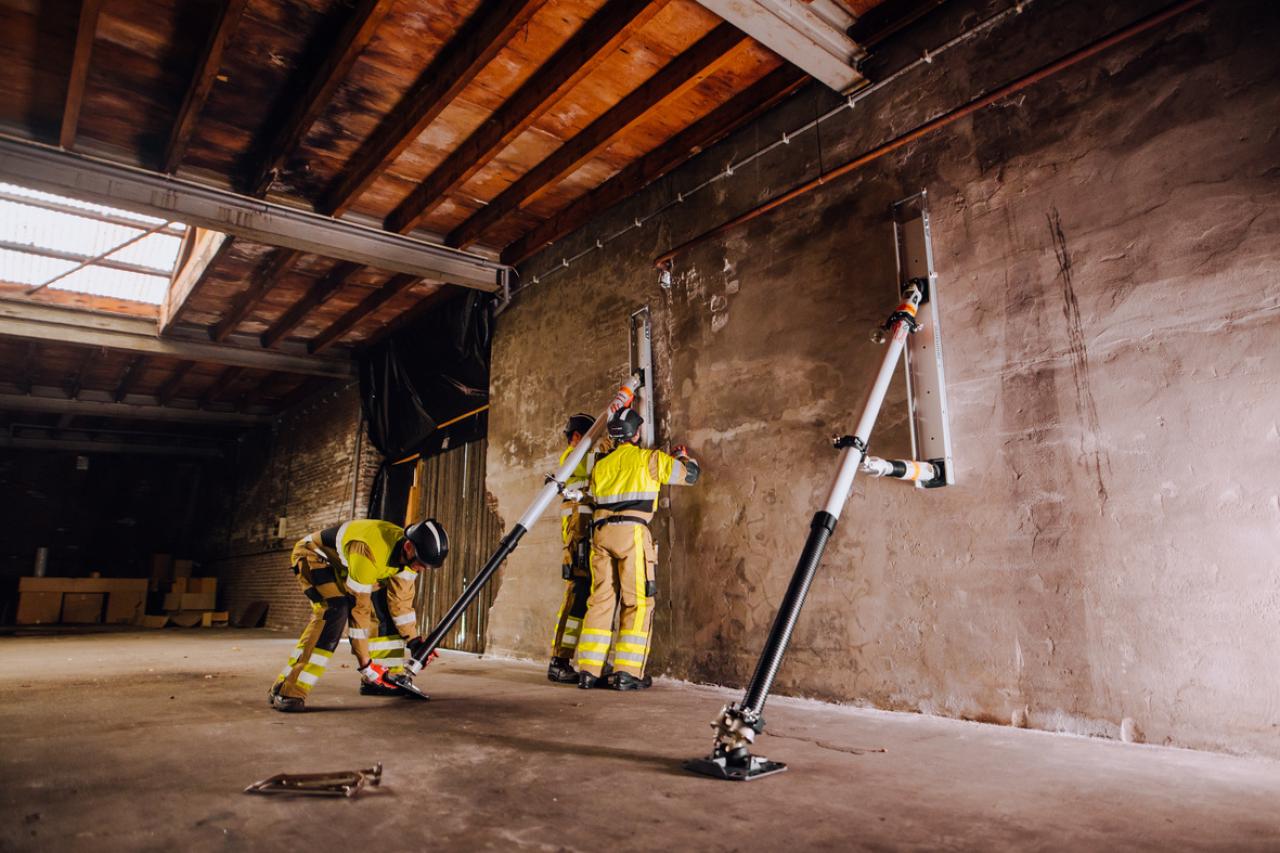


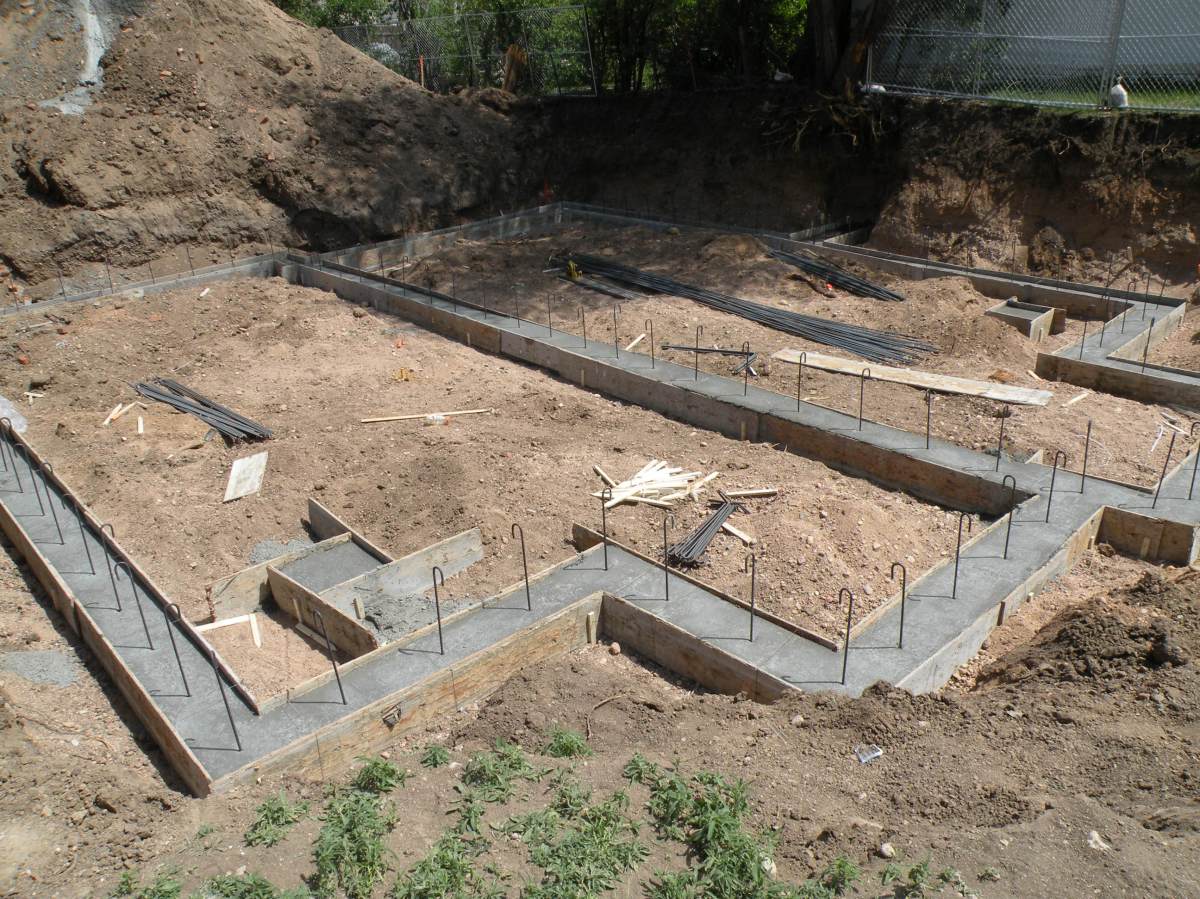

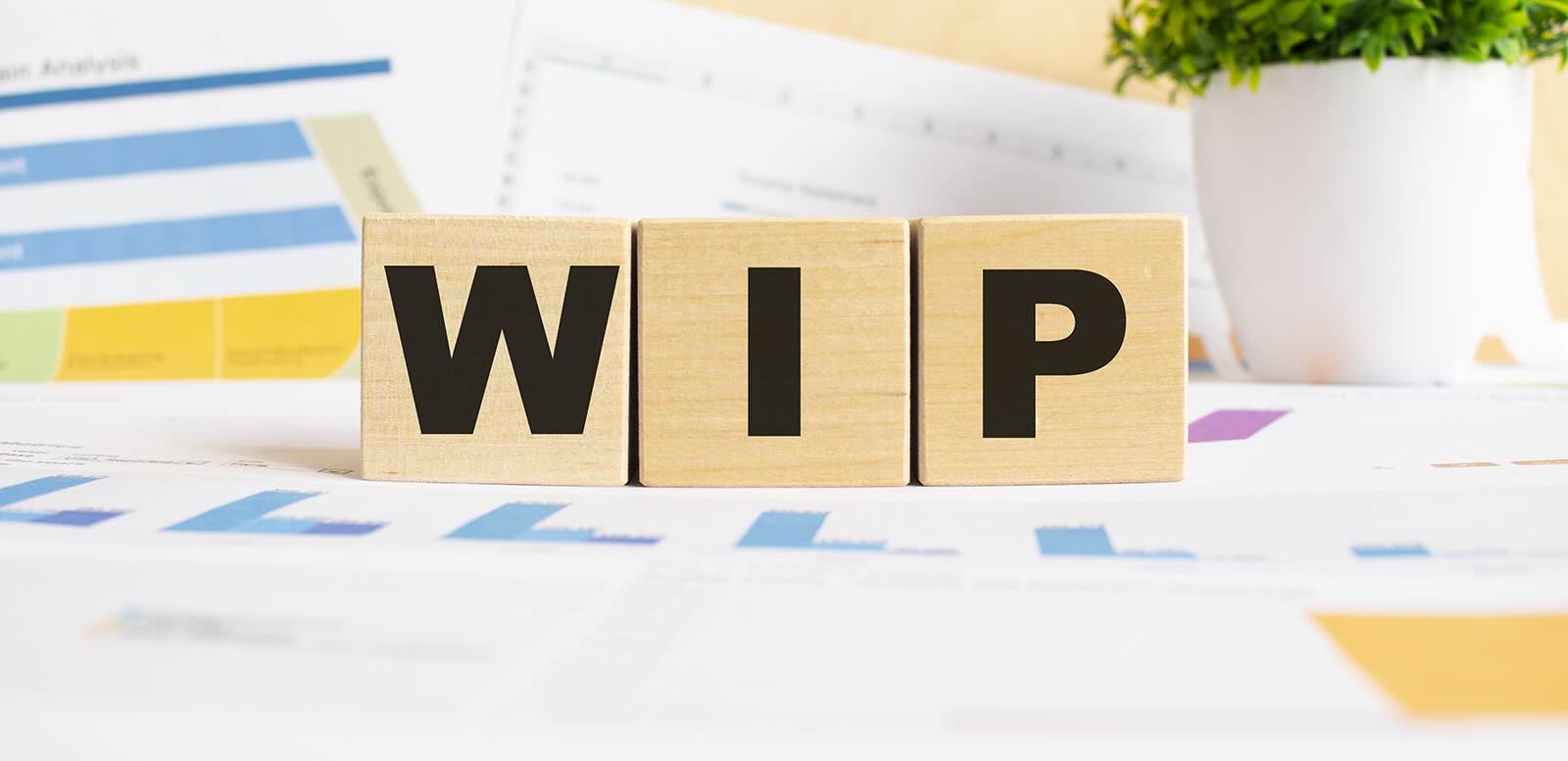

0 thoughts on “What Is AIA Billing In Construction”